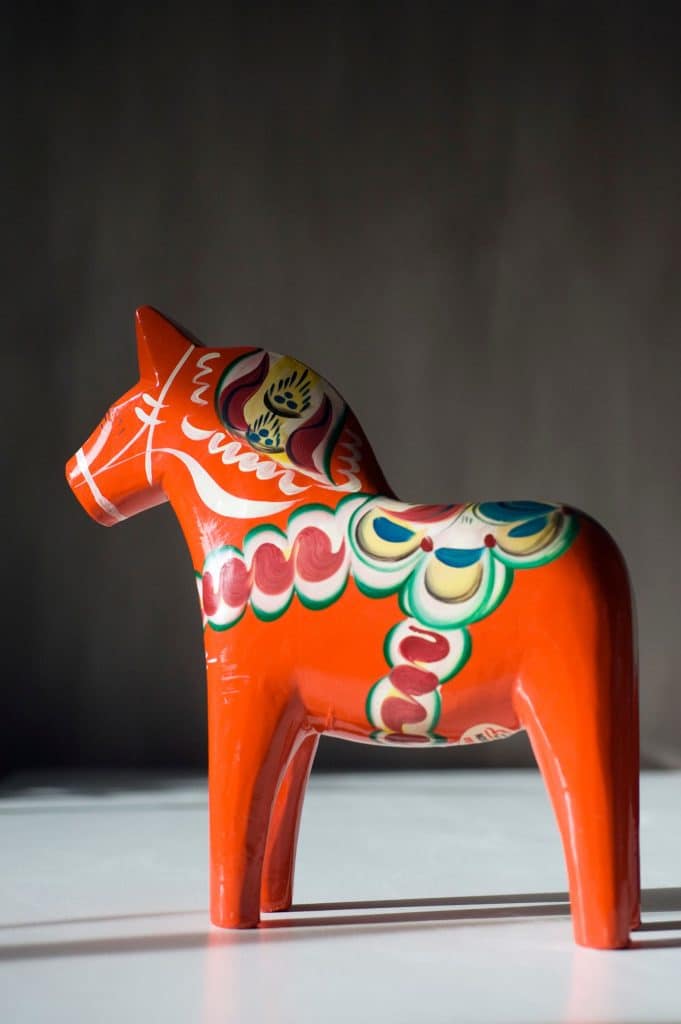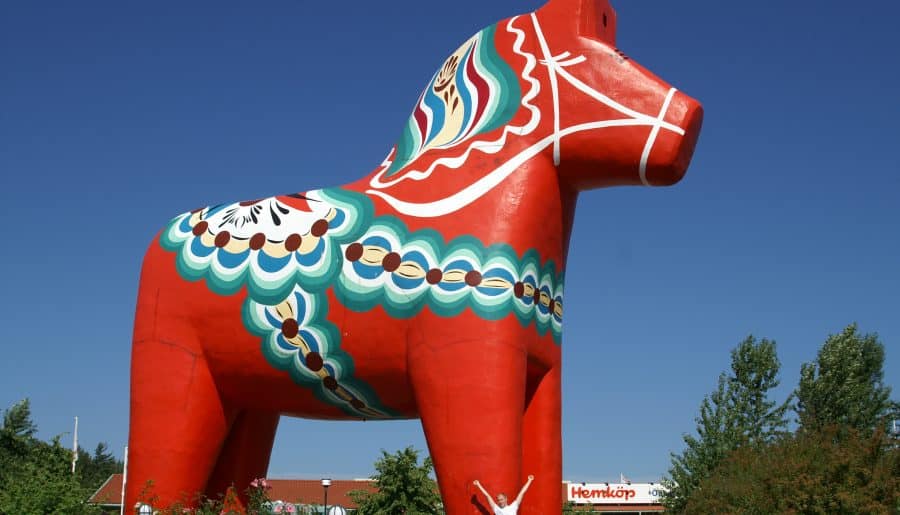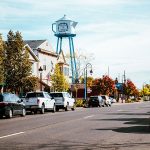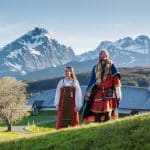Before I start, I want to say I wasn’t uploading a lot due to mental health issues and having problems identifying my heritage. So sorry for not uploading for 4 months. I also went to Minnesota, so I promise I will post about Minnesota soon.
======
Now, let’s start.
If you have ever been to a place associated with Sweden, you have probably seen a picture or small ceramic sculpture of a horse, usually red. This is the Dala horse, one of the cutest and most well-known Swedish symbols.
History of the Dala Horse
The full name of a Dala Horse is Dalarna Horse. Dalarna is a province in Sweden, but we will only talk about the Dala Horses and not the whole province itself. Dalarna is also known for many Swedish cultural symbols like Kurbits (Traditional folk art) and Midsummer festivals.
The first Dala Horses were made around the 1700s as children’s toys made of wooden scraps. They were made in small villages in Dalarna and were usually just uncovered or in plain colors. Even though Dala Horses are commonly painted red, it wasn’t until the late 1800s that red was used.

The Dala Horses were usually just symbols of Dalarna until the year 1939. This year was the World Fair Expo in New York City. Sweden decided to bring a large Dala Horse as a symbol of the country. This led to the popularity and eventual adoption of Dala Horses as both a national Swedish symbol and a symbol of Dalarna. Nowadays, it’s impossible to not see Dala Horses in anything associated with Sweden.
The Art of the Dala
To this day, there are only 6 people and one workshop that creates genuine Dala Horses. This workshop is called Nils Olsson Dalahäst, and it’s located in the town of Nusnäs, Dalarna.
The workshop has become a tourist attraction in Sweden, where you can watch people hand-paint and carve Dala Horses and even stand next to the largest Dala in the world. An average-sized Dala from Nils Olsson costs around 30 to 40 US dollars.

The patterns of the Dala Horses are also symbols of their own. The patterns are known as “kurbits.” Kurbits is a Swedish art style that also originated in Dalarna during the 1700s.
Kurbits commonly have flower patterns, muted colors, and deceptions of Swedish folklore and daily life. Kurbits are very similar to Norwegian rosemaling, but unlike rosemaling, kurbits are usually just standalone paintings.
Dala Horses Today
Today, Dala Horses have actually lost their historical meaning… in a good way. They’re now considered good-luck symbols, and different colored dalas have different meanings. Blue represents strength, Red represents energy, and Orange represents joy.
If Horses aren’t your favorite animal, there are also other Dala animals. There are Dala Chickens, Dala Moose, Dala bears, and Dala pigs.
I hope you enjoyed this essay. I promise to post at least once every week, but I start the 8th Grade soon, so I’m not really sure if I can keep my promise.
Bye Nords 😉
– Carly






